Natural altruism: how night-noises induce rumination
Gopher Staffer and licenced biologist Angie Nicolás has some sleep issues. From her wonderful, sleep deprived but still scientific mind, we were able to convince her to write about a topic that had been personally bothering her: birds that go chirp in the night. While Ms. Nicolás might annihilate us for writing an intro to her piece (we’re sneaky like that!) we feel proper introduction is warranted, because we too are plagued with that admirable bug, curiosity. Uncharitable, irritated and semi-academic: that’s just the way we like it!
On Altruism
Big questions. What motivates creatures to help others in need? Is it possible to help just for the sake of helping?
A few days ago, I woke up to some high-pitched chirping. I got up and walked to my window to find the culprit in fraganti: a chick yelling for food [I know nothing about birds and even less at 5 am on a Saturday, but it looked like some kind of greenish thrush]-. I cursed the moment we decided to put a bird feeder on our window. I put a few pieces of banana on the plate and staggered back to bed. But the annoying chirping returned only ten minutes later. A second bird had arrived (perhaps some kind of rufous collared sparrow), this time an adult, but much smaller than the crying chick. It was quietly eating the fruit and the chick watched him while it kept crying. Anyone would have had the same thought I did, throw something at it to make it stop (no worries, just a thought, no animals were harmed during the writing of this article). But then I saw something I wasn’t expecting. At all. The little sparrow grabed a piece of banana and stuffed it into the thrush’s beak.The sparrow fed a non-relative chick, almost twice it’s size, right in front of me. Why would it do that? What does the bird have to gain-other that to stop listening to such an annoying noise?
Back in the eighties Jambo, an almost legendary gorilla from Jersey Zoo, unleashed the idea of animal compassion on the collective consciousness when he refrained from attacking a kid that fell defenseless and intrusively into his cage. More recently, when we- again-thought we had seen it all, Lakadema, the leopard from this video, left us with even bigger questions.
Altruism? Cute Overload? Call it what you will, but it got me ruminating about that most ancient of questions: why would a creature help another willingly incurring harm upon itself? Saints, and heroes we hear about constantly, but what about those dolphins who have helped humans in danger? I find these cases bewildering (Flipper, anyone?!) So I started wondering where does the debate about altruism currently stands. This is the first of a two-part series of articles on altruism, for now, we’ll start with animals and then move on to humans.
Altruistic individuals are those who will incur personal costs to increase the benefit of another. Any biologist or nature show-lover would begin serenading you with the birds and the bees: examples of acts of altruistic appearance towards fellow members of a same species go from Thomson’s gazelles‘s famous stotting, through crazy lemmings committing collective suicide – Jonestown style – and Meerkats taking turns to watch for predators to the golden unbeatable classic: the kamikaze sting of the honey bee. But I don’t quite feel like singing, and having this problem of altruism fresh in my mind, I figured I’d do a little research.
The issue of altruism is highly debated among people who study animal behavior (aka ethologists). Altruistic acts are usually explained from one of the four following points of view: first, help is given for personal benefit, that is, selfishness in disguise. Perhaps the wise little sparrow was only protetcing itself from nearby predators that would be attracted to the call of the loud chick, and stuffed the chick with banana to shut it up? People like George C Williams suspect helping behaviors evolve as long as the helper himself benefits from it.
The second big hypothesis, led by Dr. Robert Trivers is that altruism in animals is an expression of simple reciprocity, – some sort of tit for tat. I’ll help you today if you help me tomorrow. This one doesn’t sound too convincing in the case of my shouting thrush but it seems like a reasonable explanation in cases like Wilkinson’s vampire bats. Vampire bats die if they spend more than 60 hours without feeding on blood, so when a vampire comes out from a long hunting night empty handed, its life might literally depend on how generous its fellow neighbours are (original paper here). This is observed in species with traits like individual recognition, good memory, spatial contiguity. Seriously, if you’re going to be hanging wing to wing everynight, perhaps it’s not such a bad idea to live in good terms, right?
The thrid theory postulated that altruistic acts are individual sacrifices for the good of the species. Group selectionists, like V.C Wynne Edwards, claim that a group, such as a species or population, whose individual members are willing to sacrifice themselves for the welfare of the group may be less likely to go extinct than a rival group whose members place their own selfish interests first. This hypothesis seemed appropriate for school teachers, confident that nature was setting an example of good behaviour, some sort of moral path to follow that could inspire us to help anyone in need even if it meant risking one’s neck. Oh, and don’t even get me started on the clerics using this to argue for the existence of a pie in the sky…!
The fourth and last of our hypotheses comes from the school of W.D. Hamilton who pooped on that noble intentions party with his ill-manered theory. He argued that although group selection sounds great, there is really no such thing as acting for the perpetuation of the species and that instead, what we’re looking at is kin selection in action. That is, by helping my relatives, I’m indirectly helpÃng my own genes. So much for the comforting idea of kind, altruistic animals. According to Hamilton’s rule, a living being’s “willingness†to help someone else is proportional to their degree of relatedness. Translation: stop expecting second cousins to help out in emergencies, after all sharing 1/32 of your genes isn’t that strong of an incentive to take chances for you.
In nature then, we shouldn’t really expect a creature, social or not, to expose itself to predators, starve or even consider extra energy expenditure, without some benefit for the survival of its genes or genes related to it. However, and to dismay of ethologists everywhere, nature’s survival race seems to have a few minimal and discrete pauses. Altruism, or at least acts that can be interpreted as such, do exist in the natural world but are difficult to explain from a Darwinian point of view, in spite of the attempts still proposed by group selectionists . At the very least one has to admit that we still don’t have a plausible explanation for what Jambo, Lakadema and the dolphins did with strangers. They might have acted in response to an odd reflex, but where did that reflex come from?
There is experimental evidence showing that chimpanzees act altruistically toward other genetically unrelated chimpanzees and even (scandal!) towards humans. It is already hard enough for us to understand the act of helping between organisms of the same species. Imagine now having to explain why -and I mean an evolutionary why- does an animal help a fellow member of different species, someone not even remotely similar to itself or its acquaintances and whose benefit or success is very unlikely to have an effect on their own. Acting in a controlled setting, chimpanzees performed basic helping tasks in the absence of rewards spontaneously and repeatedly. The mechanisms by which these kinds of helping behaviors in chimpanzees can be maintained as evolutionarily stable strategies remain unknown. But they, as the dolphins we mentioned, and as Jambo and Lakadema, bring nothing if not anecdotal evidence supporting an altruistic argument. The question, however, remains: why?
-Opening eagle image was borrowed from friendly Ross Lewallen. You can enjoy more of his nice paintings here.

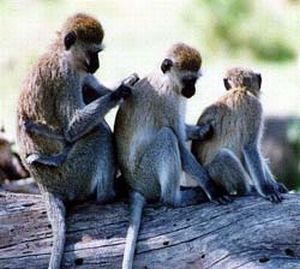




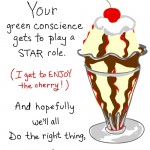
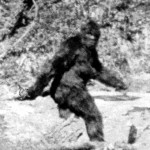

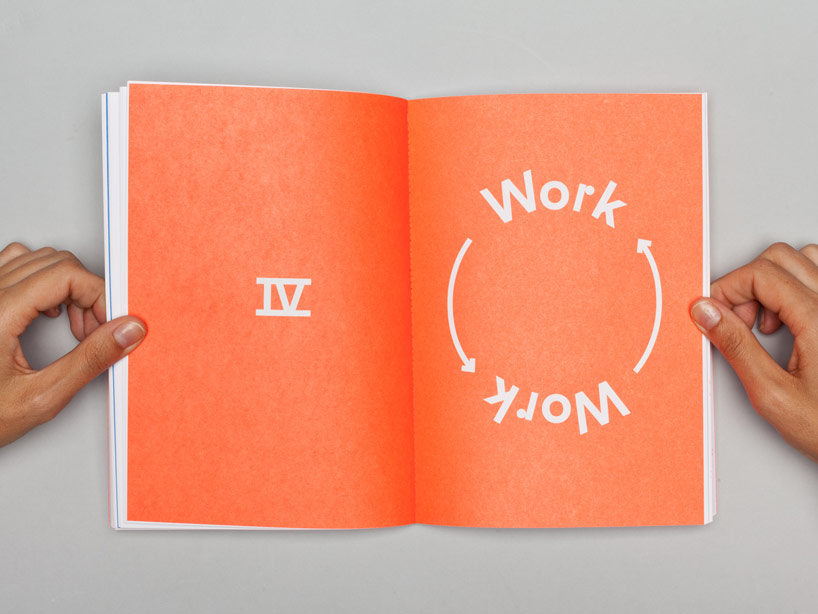


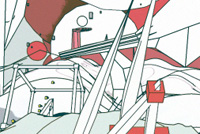
Leave a Reply